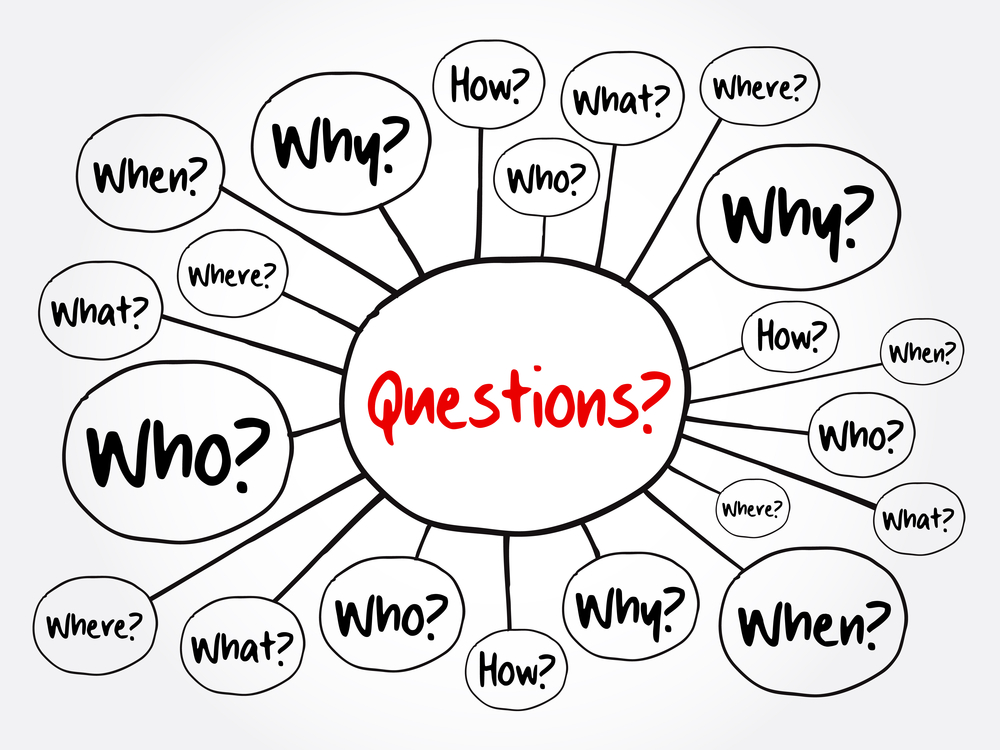In the world of marketing, customer experience plays an ever-increasing role. Whether it’s through digital channels or in-person interactions, brands must understand their customers and constantly evolve their strategies to remain relevant. Elicitation is one of the best ways to do this.
Customer experience is a term that means many different things to many different people. It can be used as a synonym for customer service, loyalty programs, or customer engagement software. However, in the broadest sense, customer experience is how someone experiences your brand from the moment they first interact with you through to their final interaction with your brand after they’ve left your company.
To create the best possible customer experiences, you have to know what your customers want and value most. To find these answers you need a process that enables you to get feedback from all stakeholders within your organization quickly and effectively. Read on for our top 3 tips on how you can begin elicitation today:
Document Review/Analysis
Reviewing and analyzing your current documents is a great way to begin elicitation. In this process, you’ll want to review all of your company documents and systems. Take a look at the objectives you are trying to achieve, what the customer experience is currently like, and anything else that could play into the experience. As you review these documents and systems, you should be asking yourself questions like:
- What questions do customers ask? What are their needs? What are they looking for?
- What are good interactions with my brand?
- What would be bad interactions with my brand?
- What emotions might come up when interacting with my brand?
- Where can I improve the customer experience in my business?
Structured Requirement Workshops
To get the most out of your structured requirement workshops, be sure to ask tough, probing questions that allow everyone in the room to offer feedback.
The best way to start with elicitation is through a structured requirement workshop. This workshop helps you as an organization set quality standards for your product and services. It also allows people within your company to provide feedback about what they want from a service or product and what they don’t want. The more complex the project, the better it is for the team to use this technique.
When you decide on your goals for elicitation, consider asking questions that promote open discussion such as: “What are some other features or functions we can think about?”
Asking these types of questions allows you to gain insight into your customers’ needs and desires that could help shape future products and services. Plus, it gives them time to talk through their answers before giving feedback in person or online at the end of the session. This keeps things moving quickly without getting bogged down.
Diagram Review/Walk-through
The first step is to create a diagram that shows the relationship between all of your customer touch points. This includes everyone from customer service, billing, on-line chat, and so on.
After the diagram has been created, you need to conduct walk-throughs with each of your customer touch points. This means walking through the process or interaction that they would go through while interacting with your brand. At this point you will be able to get in-depth feedback about what needs to change and how it should change.
Finally, once you have collected the data from your walk-throughs and developed an action plan, you can start implementing changes across all customer touch points.

